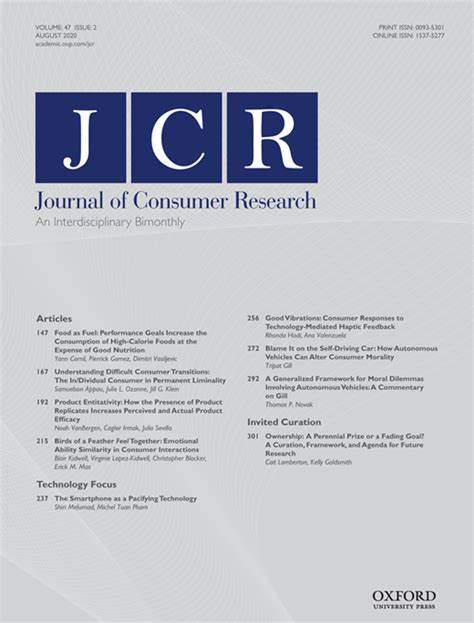语言的重要性
IF 6.4
1区 管理学
Q1 BUSINESS
引用次数: 0
摘要
文本分析越来越多地被用于洞察消费者和市场营销。但是,虽然这项工作已经阐明了企业应该对客户说什么,但何时说这些话(例如,在广告或销售互动中)却不那么明确。例如,服务人员可以在谈话开始、结束或整个过程中采用某种说话风格。什么时候特定的语言特点可能是有益的?本文介绍了一种解决这一问题的新方法。为了证明这种方法的潜力,我们将其应用于热情和干练的语言。先前的研究表明,情感型(即热情型)说话方式会让客户认为员工能力较差,因此应优先考虑认知型(干练型)风格。相比之下,我们的理论研究、对两家公司数千个对话时刻中数百次真实服务对话的分析(N = 23958)以及四项实验(总 N = 1589)提供了一个更加细致入微的视角。当员工在不同的特定时间同时使用认知语言和情感语言时,客户的满意度会更高。辅助分析表明了这种方法如何适用于其他语言特点。综上所述,这项研究提供了一种探索语言何时重要的方法,揭示了温暖/能力权衡的新思路,并强调了改善客户体验的方法。本文章由计算机程序翻译,如有差异,请以英文原文为准。
When Language Matters
Text analysis is increasingly used for consumer and marketing insight. But while work has shed light on what firms should say to customers, when to say those things (e.g., within an advertisement or sales interaction) is less clear. Service employees, for example, could adopt a certain speaking style at a conversation’s start, end, or throughout. When might specific language features be beneficial? This paper introduces a novel approach to address this question. To demonstrate its potential, we apply it to warm and competent language. Prior research suggests an affective (i.e., warm) speaking approach leads customers to think employees are less competent, so a cognitive (competent) style should be prioritized. In contrast, our theorizing, analysis of hundreds of real service conversations from two firms across thousands of conversational moments (N = 23,958), and four experiments (total N = 1,589) offer a more nuanced perspective. Customers are more satisfied when employees use both cognitive and affective language, but at separate, specific times. Ancillary analyses show how this method can be applied to other language features. Taken together, this work offers a method to explore when language matters, sheds new light on the warmth/competence trade-off, and highlights ways to improve the customer experience.
求助全文
通过发布文献求助,成功后即可免费获取论文全文。
去求助
来源期刊

Journal of Consumer Research
BUSINESS-
CiteScore
12.00
自引率
9.70%
发文量
53
期刊介绍:
Journal of Consumer Research, established in 1974, is a reputable journal that publishes high-quality empirical, theoretical, and methodological papers on a wide range of consumer research topics. The primary objective of JCR is to contribute to the advancement of understanding consumer behavior and the practice of consumer research.
To be considered for publication in JCR, a paper must make a significant contribution to the existing body of knowledge in consumer research. It should aim to build upon, deepen, or challenge previous studies in the field of consumption, while providing both conceptual and empirical evidence to support its findings.
JCR prioritizes multidisciplinary perspectives, encouraging contributions from various disciplines, methodological approaches, theoretical frameworks, and substantive problem areas. The journal aims to cater to a diverse readership base by welcoming articles derived from different orientations and paradigms.
Overall, JCR is a valuable platform for scholars and researchers to share their work and contribute to the advancement of consumer research.
 求助内容:
求助内容: 应助结果提醒方式:
应助结果提醒方式:


